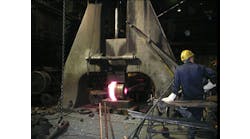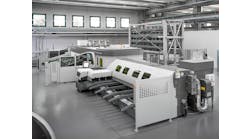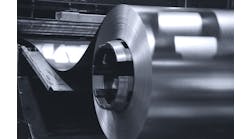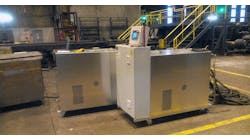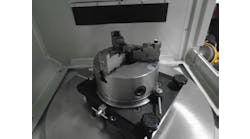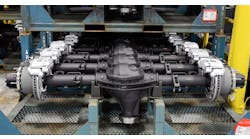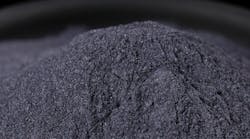Dry molybdenum disulphide also is used, but to a lesser degree, because it is applied by tumbling or blasting methods that can be costly.
I suggest that you consider using pickle and lime coatings combined with a MoS2 overcoat as a good lubricant coating to try with moderate levels of extrusion reduction. The lime is much less contaminating to the ground water or sewer water.
For the largest reductions, there still is no high-pressure lubricant that is superior to the widely used Bonderlube-style phosphate/soap solid film lubricants.
For more than 40 years H. James Henning held key technical positions in the forging industry, including as director of technology for the Forging Industry Association, and as president of Henning Education Services, a Columbus, OH, firm specializing in customized education and training in forging technologies.
Guidelines and recommendations offered in this column are based on information believed to be reliable and are supplied in good faith but without guarantee. Operational conditions that exist in individual plants and facilities vary widely. Users of this information should adapt it, and always exercise independent discretion in establishing plant or facility operating practice.

